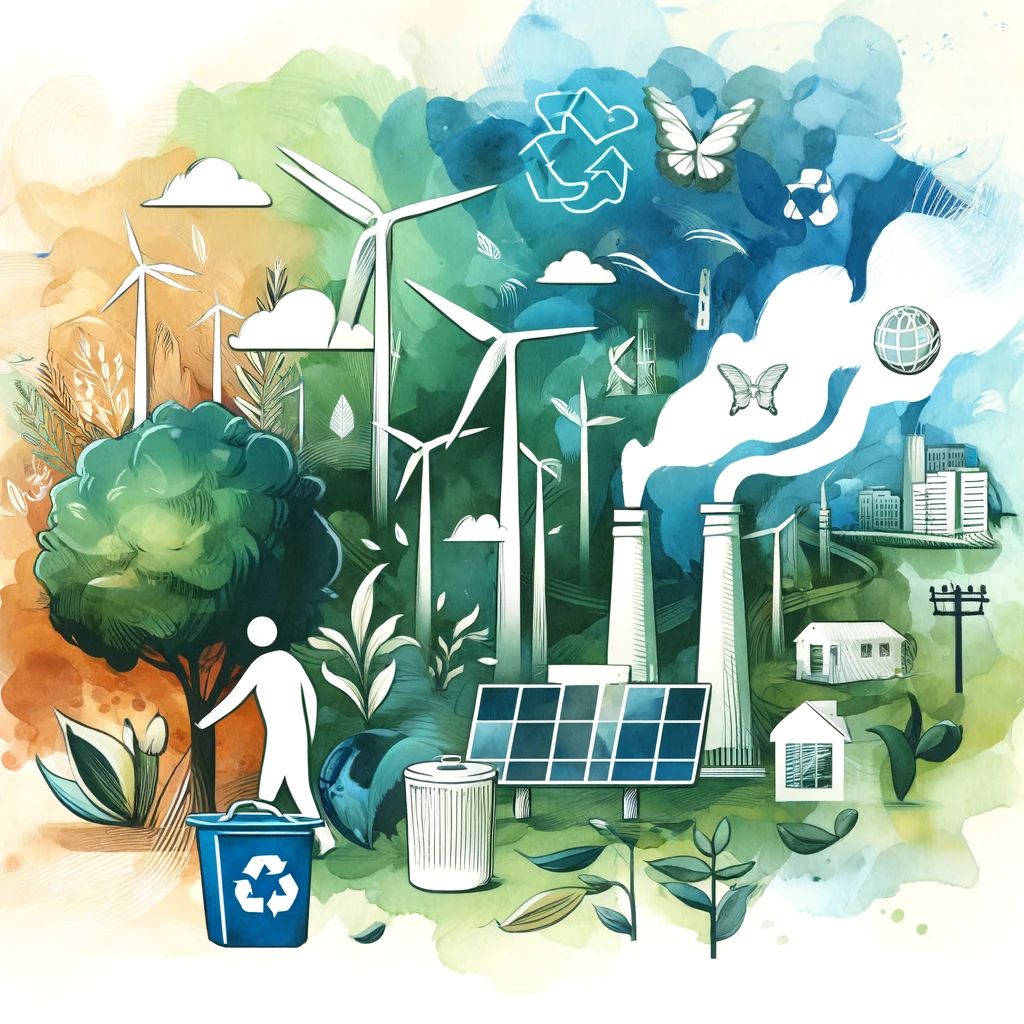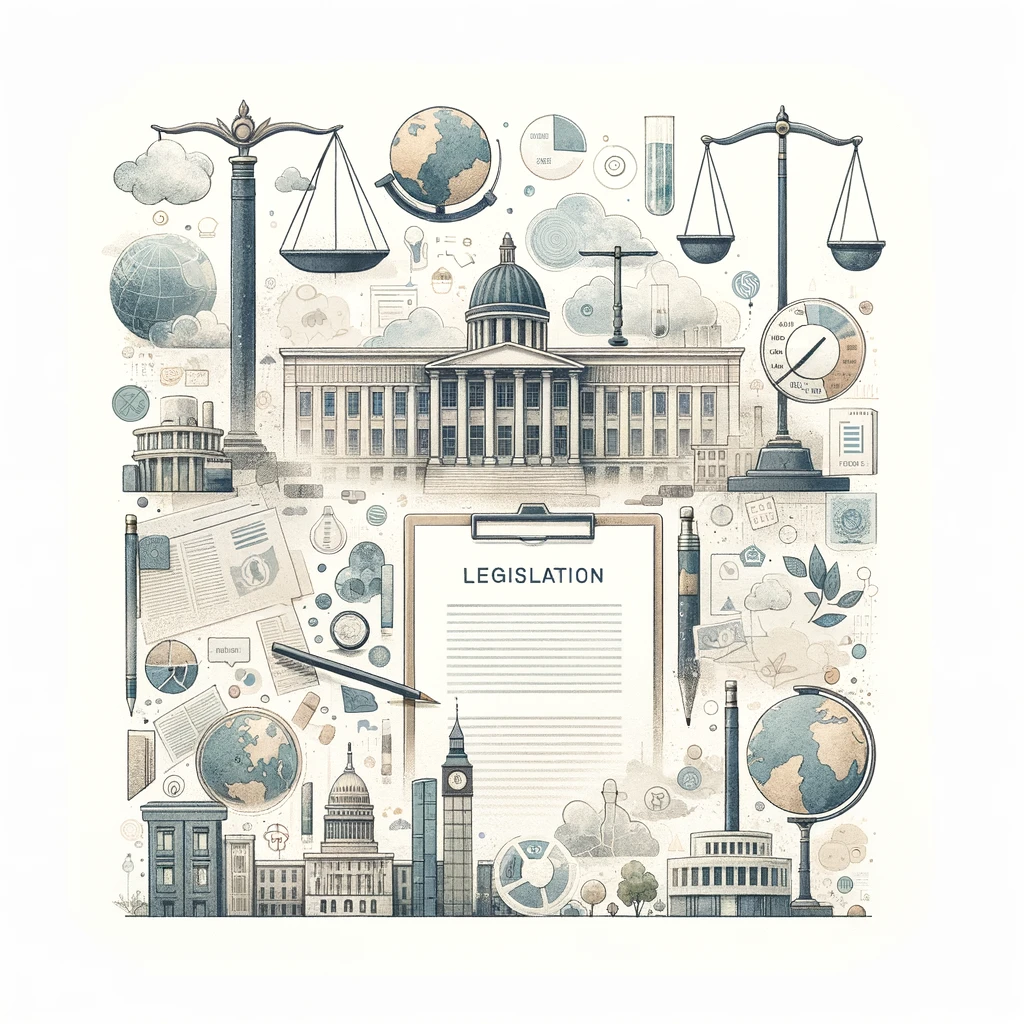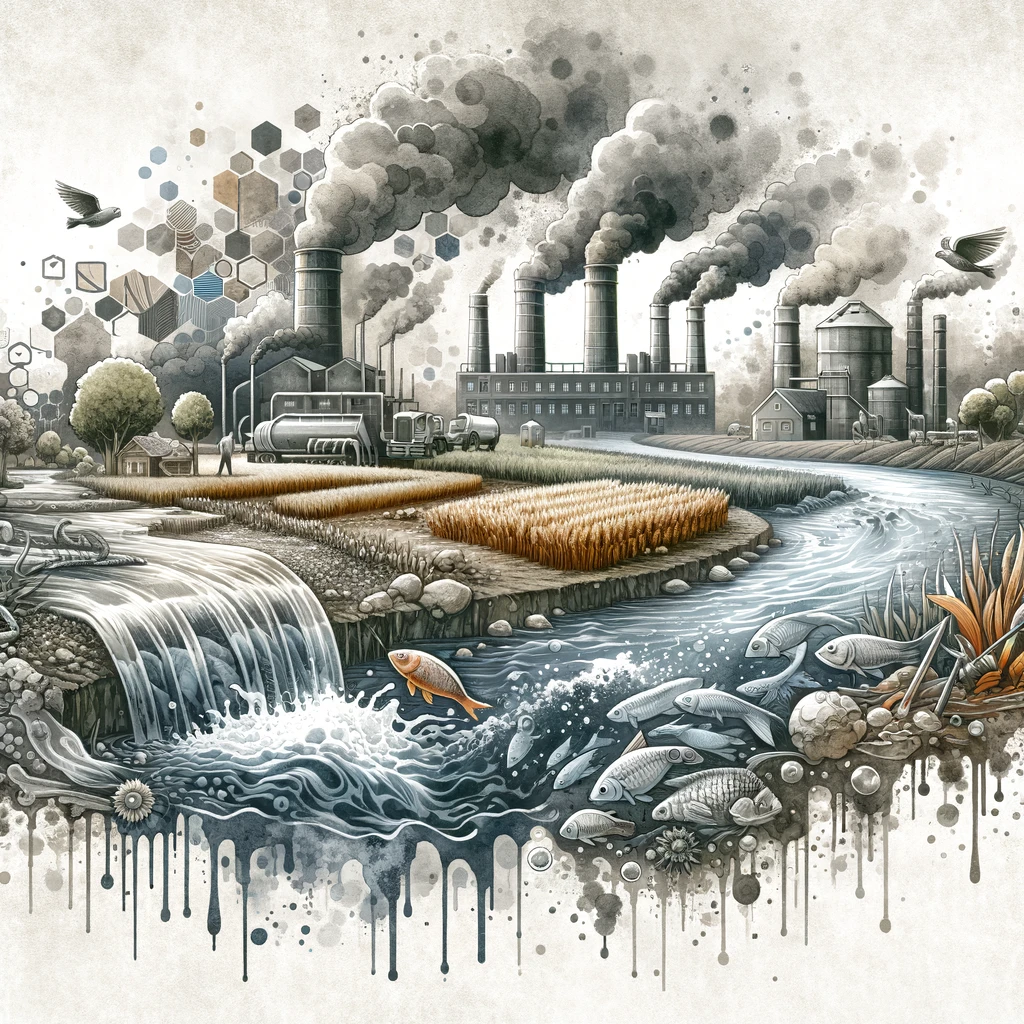Environmental pollution is a very important issue that requires immediate and effective action. It is essential to battle the existence and spread of pollution from all possible directions-policies, technological developments, public awareness, sustainable practices, and active participation by NGOs and civil society. This article elaborates upon these measures in detail.
- All kinds of pollution could have the wrong effects on the environment and wildlife in general. Even worse, it usually affects the health and well-being of humans.
- Moreover, despite the large impacts that pollution has on human health and the world economy, national policies and international development agendas have not gone far enough in addressing pollution concerns; this is an opportunity for such simple and low-cost solutions to be implemented.
Environmental Pollution Technological Innovations
Technological advancements offer practical solutions for pollution control across various sectors.
Air Pollution Control
- Scrubbers: These systems remove harmful pollutants from industrial exhaust streams. Scrubbers are used most often in power plants and manufacturing industries for control of sulfur dioxide and other emissions.
- Electrostatic Precipitators: These systems remove fine particulate matter from smokestacks and provide enormous quantities of air pollution abatement.
Water Pollution Control
- Wastewater Treatment Plants: These organizations treat domestic sewage and industrial wastewater before allowing them to flow into water bodies. Advanced treatments entail the removal of contaminants, nutrients, and pathogens.
- Oil-Water Separators: These are employed in entities such as shipping and automotive repair. Oil-water separators remove oil from wastewater to prevent water pollution.
Soil Pollution Control
Bioremediation: This method uses microbes to break up the contaminants in soil. It is applicable for cleanup of contaminated land, for example, oil spillage-contaminated sites and other industrial contamination.
Policy and Legislation for Environment Pollution
National and international policies are crucial in the fight against environmental pollution. Governments around the world have enacted laws and regulations to control and reduce pollution.
National Policies
- The Clean Air Act (USA): This law regulates air emissions from stationary and mobile sources, aiming to reduce airborne contaminants and improve air quality.
- The Environment Protection Act (India): Enacted in 1986, this act provides a framework for the protection and improvement of the environment, including air, water, and soil quality.
International Agreements:
- The Paris Agreement: The global agreement seeks to limit global warming to well below 2 degrees Celsius, mainly by reducing greenhouse gas emissions.
- The Basel Convention: The international treaty regulating the transboundary movements of hazardous wastes and their disposal controls. Based on the aforesaid reason, it aims to prevent the illegal dumping of hazardous waste in developing countries by trying to eliminate dumps from neighboring countries.

Public Awareness and Education
Raising public awareness and educating people about the impacts of pollution and ways to reduce it is essential for long-term environmental health.
Awareness Campaigns
- Clean India Mission (Swachh Bharat Abhiyan): Cleaning of streets, roads, and all other infrastructures of India. Practice cleanliness and dispose of waste properly.
- Earth Day: It is celebrated globally, informing people about environmental problems and carrying activities like tree planting and clean-up drives.
Educational Initiatives
- Environmental Education in Schools: In schools, environmental studies can be a part of the curriculum so children get educated in developing habits that would lead them to become environmentally conscious.
- Environmental Workshops and Seminars: Education through workshops and seminars for communities and industries focusing on recycling, lifestyle with nature, or ways of stopping pollution could improve people’s knowledge and participation dramatically.

Sustainable Practices
Adopting sustainable practices is crucial for both individuals and industries to minimize their environmental footprint.
Recycling and Waste Management
- Recycling Programs: The promotion of paper, plastics, and glass recycling as well as metals minimizes waste that goes into landfills or ends up in the oceans.
- Composting: Organic waste is turned into nutrient-rich soil; therefore, the amount of chemicals required for fertilizers is reduced.
Renewable Energy
- Solar and Wind Energy: A few vital sectors where sources can be reduced to cut down on greenhouse gases and lessen the dependence on fossil fuels are renewable energies, particularly solar and wind energy.
- Ensure Energy Efficiency: Implementing energy efficient practices and technologies around homes and industries can reduce consumption of energy by a substantial level without increasing pollution.
Role of NGOs and Civil Society
Non-Governmental Organizations (NGOs) and civil society play a pivotal role in environmental conservation and pollution control through advocacy, education, and direct action.
- Greenpeace: This international NGDO addresses issues of environmental degradation and promotes practices of sustainability. It is engaged in various initiatives such as combating deforestation, renewable energy, and plastic pollution.
- The Environmental Defense Fund: EDF has strived for multiple causes regarding environmental issues, including climate change, pollution, and wildlife conservation, and it has collaborated with businesses and governments as well as citizens to find sustainable solutions.
- Local Community Initiatives: Community groups are present in most areas and carry out clean-up drives, along with tree planting activities and awareness programs on local environmental issues.
Examples of Successful Initiatives
- Plastic Ban in Rwanda: Rwanda’s ban on plastic bags has significantly reduced plastic pollution. The government, with the support of local NGOs, has enforced this law rigorously, making Rwanda one of the cleanest countries in Africa.
- Chipko Movement (India): This grassroots environmental movement in India aimed to prevent deforestation in the Himalayan region. Local villagers, especially women, played a crucial role in protecting trees by embracing them to prevent logging.
Conclusion
Therefore, to tackle the issues of environmental pollution, all these – policy, new technology, public awareness, sustainable practices, and NGOs/civil society – need to come into play. Together, we can have a better, healthier environment for the future of this world.
| Environmental Pollution UPSC Notes |
| 1. Environmental pollution is a serious issue that requires immediate and effective responses from various sections of society. 2. Pollution causes serious damage to the health both in humans and wildlife. Hence, measures must be taken on an all-inclusive scale for its mitigation. 3. The introduction of technologies such as scrubbers and electrostatic precipitators reduce air pollution levels, and wastewater plants and oil-water separators reduce water pollution levels. 4. Using microbes to purify the land offers a biodeterrent measure of detoxifying contaminated places. 5. There are laws such as the specific Clean Air Act (USA) and Environment Protection Act (India), which control and enhance environmental quality. 6. International Agreements Treaties such as the Paris Agreement and Basel Convention were set up to address global warming, hazardous waste management, and many more issues in this manner. 7. Public Awareness Campaigns Programmes like Clean India Mission, Earth Day provide an understanding of the effect that pollution causes and stimulate proactive behavior. 8. The implementation of recycling, composting, and renewable energy would significantly help in reducing the “foot print” on earth’s environment. 9. Organizations like Greenpeace, Environmental Defense Fund, and many more are significantly working as an environment conservationist, conducting high-impact community interventions. 10. The plastic ban in Rwanda and Chipko Movement in India are excellent examples of a grassroots initiative that proved fruitful for fighting pollution and enhancing sustainability. |


